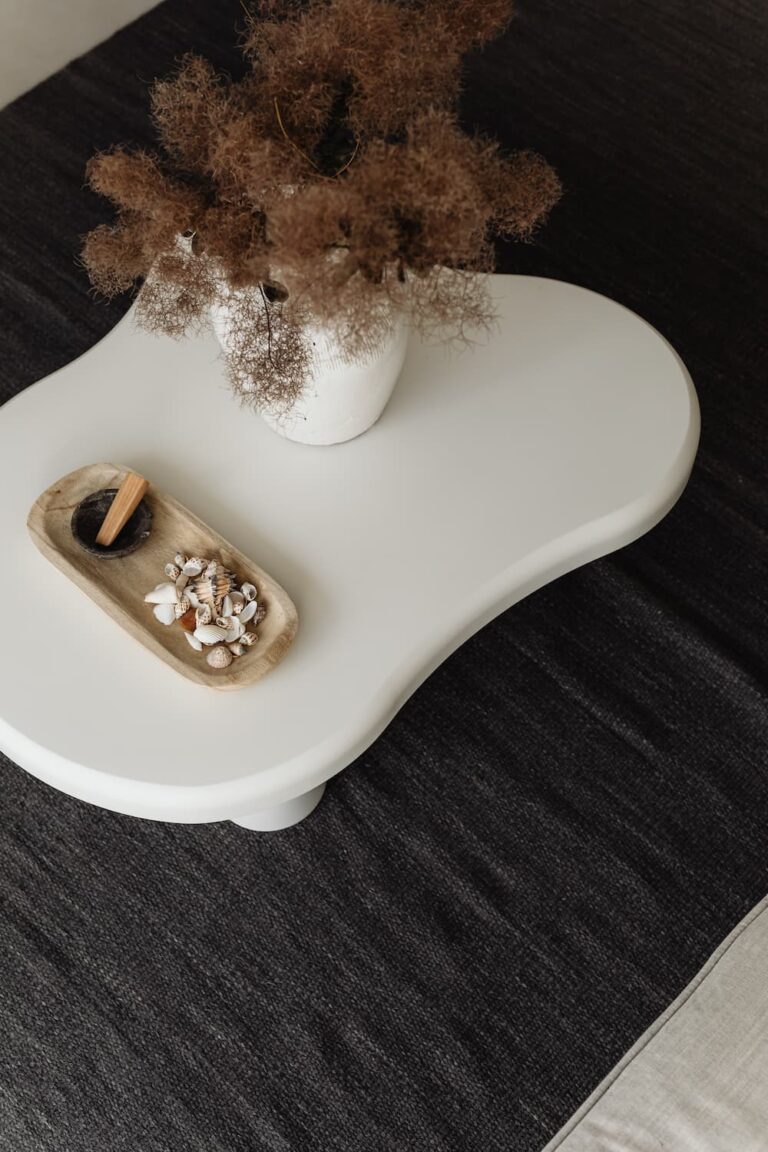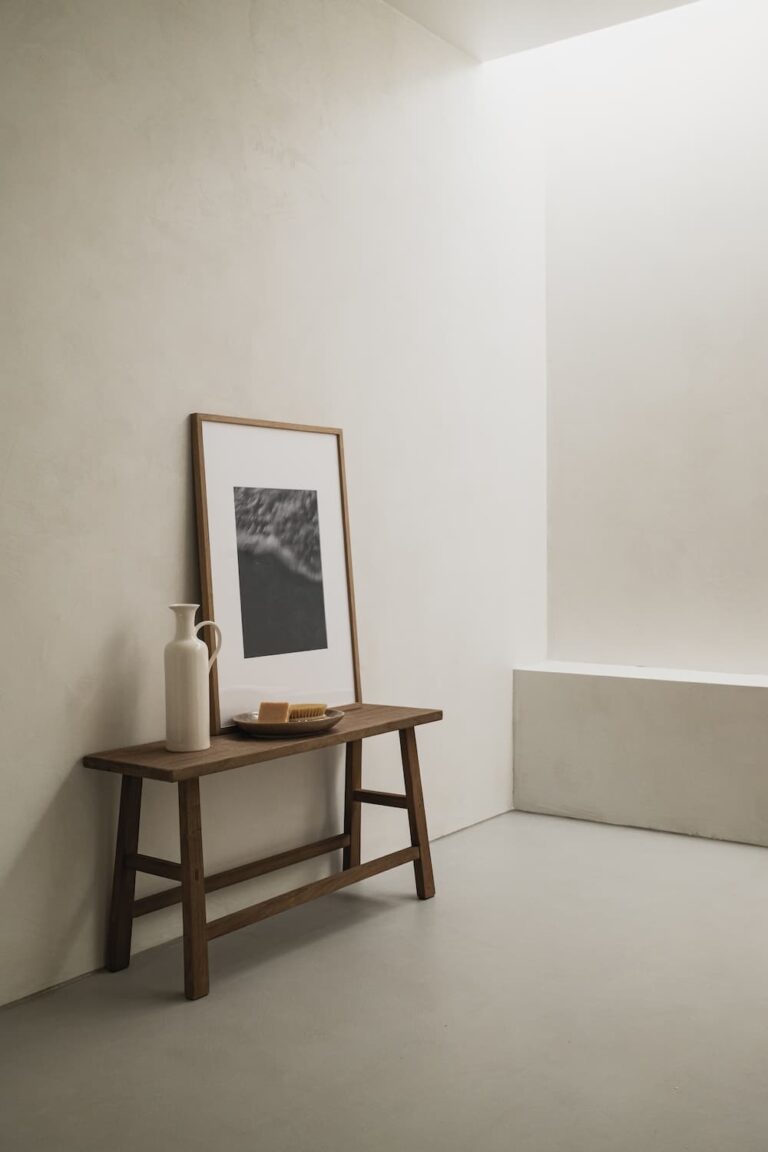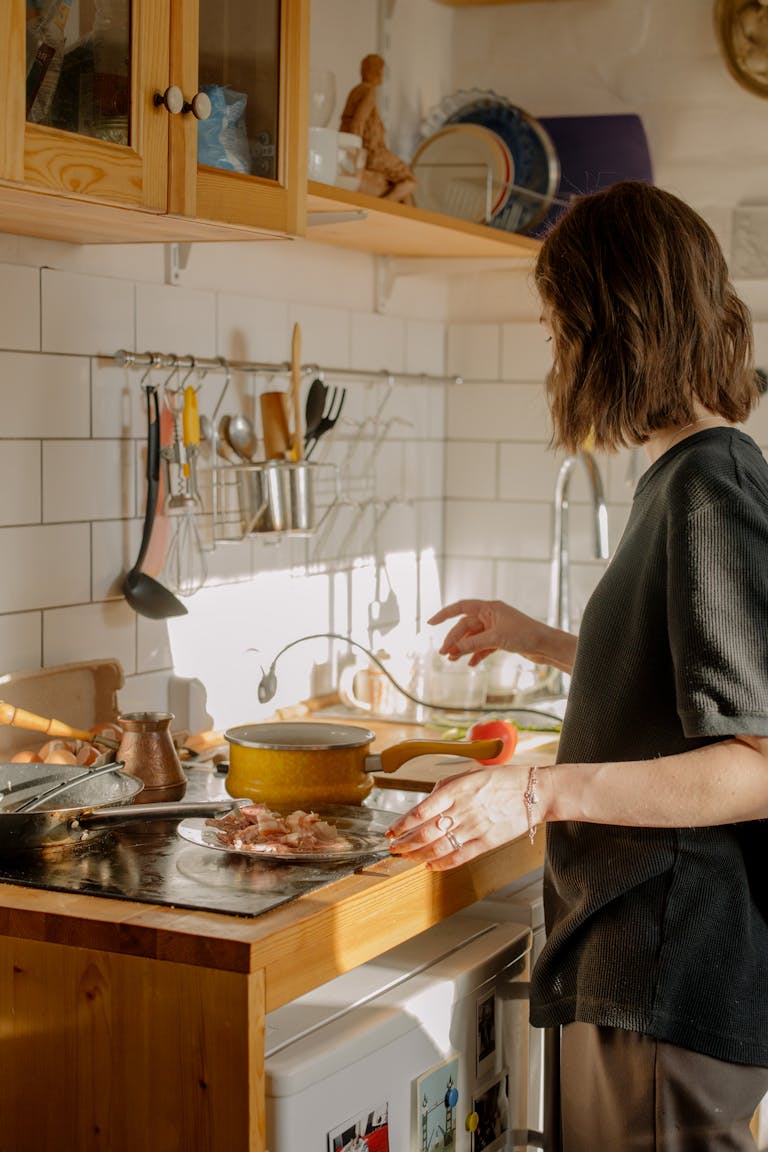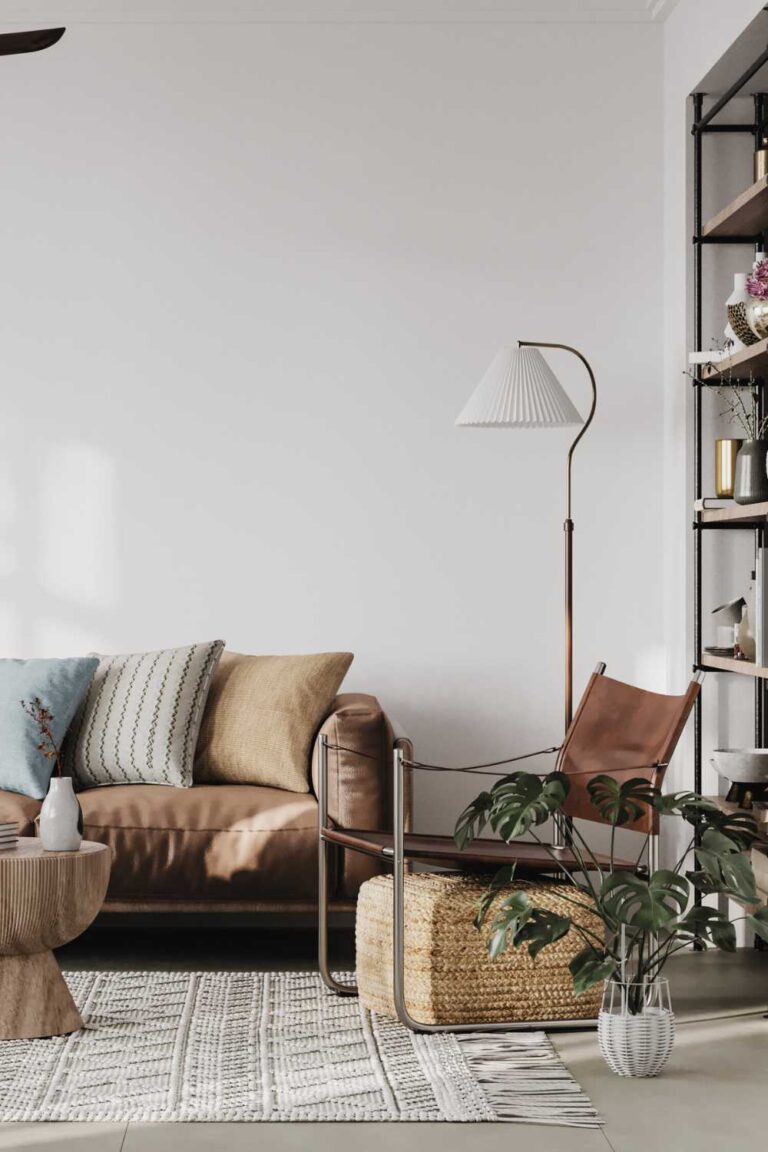Love Where You Live
“A house is much more than a mere shelter. It should lift us emotionally and spiritually,” said the famous architect John Saladino. This sentiment rings true today more than ever. Loving where you live is an essential aspect of a healthy and contented life, a testament to the immense importance of home interiors. In the ever-changing dynamics of modern life, our home has become a sanctuary, a safe space where we rejuvenate and connect with ourselves. This shift has brought the design and aesthetic of our living space into sharp focus. Therefore, understanding and appreciating the complexity of home interiors becomes crucial. In this blog post, we delve into the understanding of home interior, how to create a home you love, and some vital tips for enhancing your home’s aesthetic and functionality.
Definition and Understanding of Home Interior
A home’s interior isn’t just about the placement of furniture or the color of the walls. It is a harmonious blend of design elements that reflect your personality, taste, and lifestyle. Understanding these elements allows you to orchestrate a symphony of shapes, colors, and textures that speak to your spirit and bring you joy. The environment that you live in affects your mood, creativity, and overall wellbeing. Therefore, creating a home that aligns with your spirit is vital for your mental and emotional health.
Ready to embark on a decor adventure? Discover where to start when decorating your home and unleash your inner designer today!
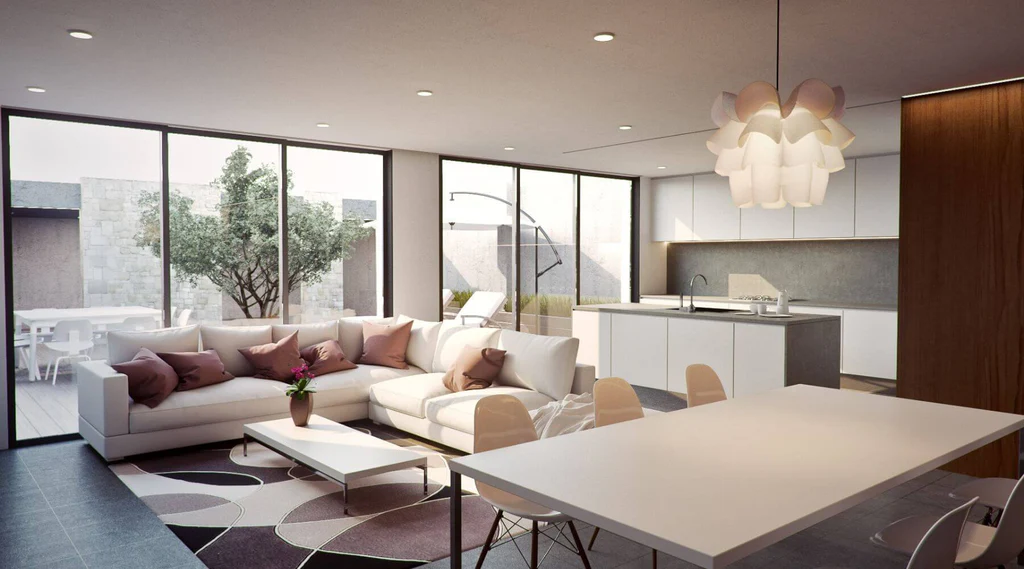
Elements of Home Interior Design
The key elements of home interior design include space, line, forms, light, color, texture, and pattern. Each of these elements interacts with each other, contributing to the overall mood and functional capacity of your home. The intelligent use of these elements can create a balanced, harmonious space that feels welcoming and comfortable. Space provides the foundation upon which the design plan is built, while lines define shapes and forms, contributing to the sense of harmony, contrast, and unity.
Color in Interior Design
Color is a potent tool in interior design. It can manipulate perceptions, altering the sense of space, and even influence our emotions. From serene pastels to vibrant hues, the choice of color in your home can significantly affect how you feel in your living environment. Colors can set the mood of a room, from calm and relaxing to vibrant and inspiring. Understanding color theory can help you choose the right colors that reflect your personality and evoke the right emotions.
Textures in Interior Design
Textures add depth and visual interest to the interior spaces. By adding an assortment of textures, such as smooth and rough, shiny and matte, you can create a layered, rich environment that invites touch and engagement. Textures can be introduced through a variety of materials like fabrics, furniture, finishes, and accessories. Mixing textures can also provide a contrast that makes each design element stand out, giving a unique identity to the space.
Light in Interior Design
Light, both natural and artificial, is a crucial element that not only dictates the functionality of the space but also influences our perception of colors and textures. It has the power to dramatically alter the ambiance and mood of a room. The direction, intensity, and color of light can make a space feel cozy, lively, dramatic, or tranquil. Balancing natural light with carefully selected artificial light sources is an art that can bring out the best features of your interior design.

Image by: Pexels
Creating a Home You Love
Turning a house into a home you love involves a process of personalization and creativity. It’s about designing a space that serves as an extension of yourself, reflecting your interests, passions, and personality. Here’s how you can get started.
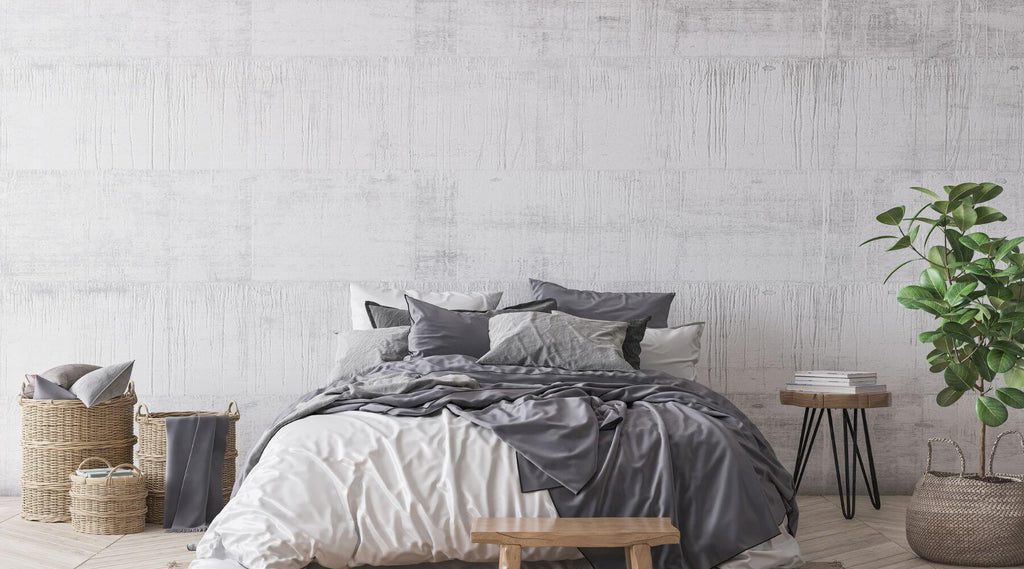
Image by: Pexels
Find Your Style
Your home should be a reflection of who you are. Discovering your style may involve some exploration. Be it minimalist, bohemian, contemporary, or rustic, choose a style that resonates with you. Look at different design aesthetics and create a vision board that can guide your design process. It’s okay to mix different styles as long as they create a cohesive look.
Want to know more about home decor styles? Visit Understanding Home Decor Styles.
Choose Your Color Palette
Your chosen color palette should reflect your personality and evoke the emotions you want to feel in your home. Harmonious color combinations can create a soothing and balanced atmosphere, while contrasting colors add vibrancy and energy. Keep in mind the psychological effects of colors while choosing your palette. For example, blues can evoke feelings of calm, reds can energize, and greens can create a sense of balance.
Adding Personal Touches
Your home should tell your story. Personal touches could range from displaying your favorite artworks, family heirlooms, souvenirs from your travels, or even a gallery wall of family photos. These items add a unique stamp to your home, making it truly yours. They provide a sense of familiarity and comfort, turning a space into a place you love.
Balancing Function and Aesthetics
A well-designed home strikes a balance between aesthetics and functionality. It’s essential to ensure that every piece of furniture not only serves its purpose but also contributes to the overall design theme. Practicality doesn’t have to be boring; functional items can also be beautiful, adding to the aesthetic value of the home.
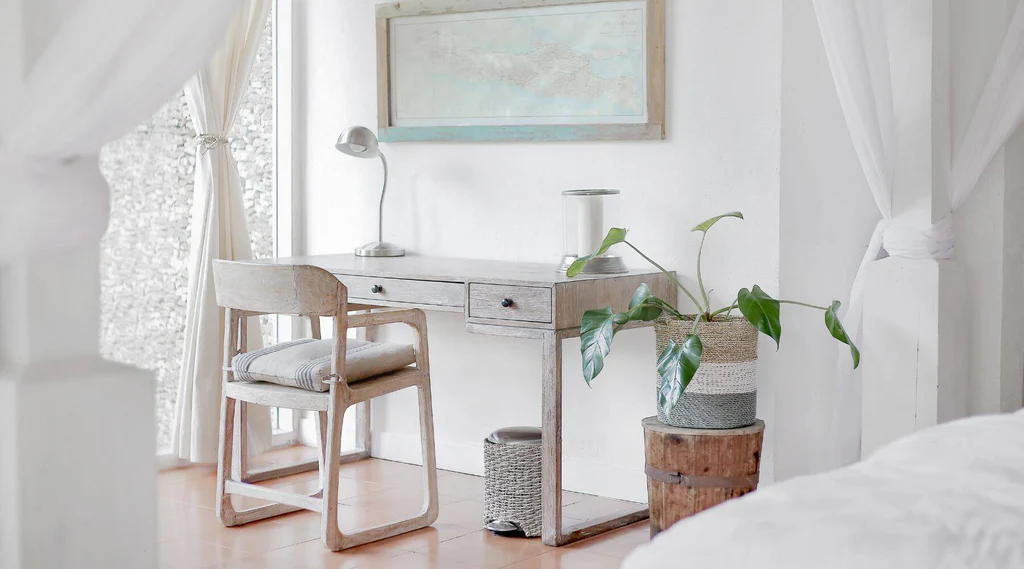
Image by: Unsplash
Want to have a home office like this one? Visit How to Design Home Office Interior.
Tips for Improving Your Home Interior
A few strategic tweaks can significantly elevate your home’s interior design. Remember, it’s not about making drastic changes; even minor adjustments can create a big impact.
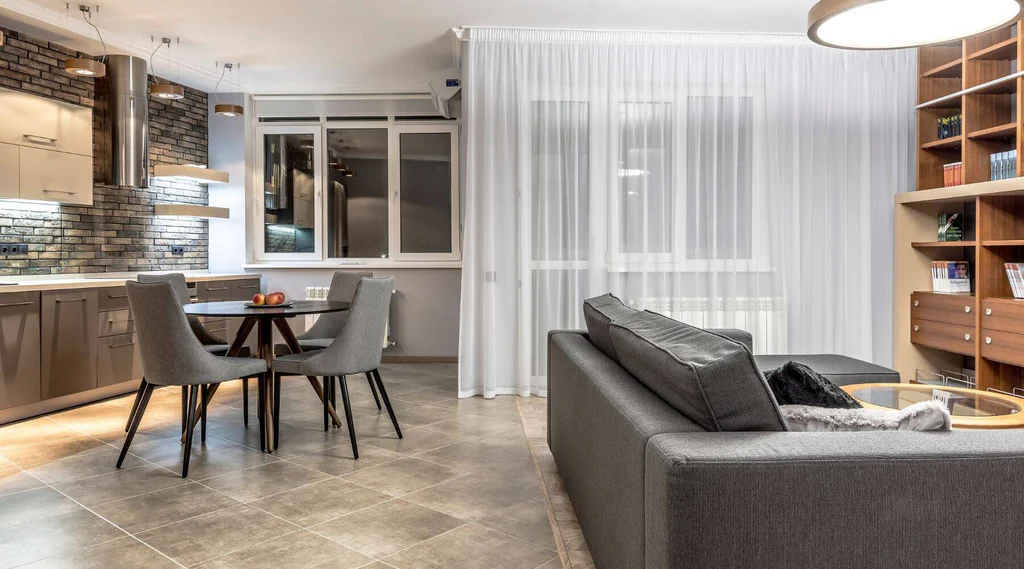
Image by: Unsplash
Incorporating Greenery
Plants breathe life into a space, adding color, texture, and a sense of tranquility. They also contribute to better air quality, making your home feel fresh and vibrant. You can choose from a wide range of indoor plants like succulents, ferns, or air-purifying plants like snake plants and peace lilies. Moreover, plants can be used as decorative pieces, placed in stylish planters or unique pots.
Using Mirrors Effectively
Mirrors can make a room feel larger, bounce around light, and add an element of style. The placement of mirrors can transform the look and feel of a room. They can be used as focal points, to create an illusion of space or to reflect a beautiful view. Mirrors can also add an element of glamour or sophistication when paired with the right kind of frame.
Effective Lighting Choices
Good lighting is about layering. A combination of ambient, task, and accent lighting can create a warm, versatile, and functional space. Ambient lighting provides overall illumination, task lighting focuses on specific tasks like reading or cooking, and accent lighting highlights specific design features. Experiment with different types and sources of light to create a mood that suits your style and requirements.
Playing with Textures and Patterns
Textures and patterns add depth and interest. Don’t shy away from mixing patterns or introducing different textures. From wallpaper to throw pillows, rugs to curtains, there are endless possibilities to introduce patterns and textures. They can make your space feel richer and well-designed.
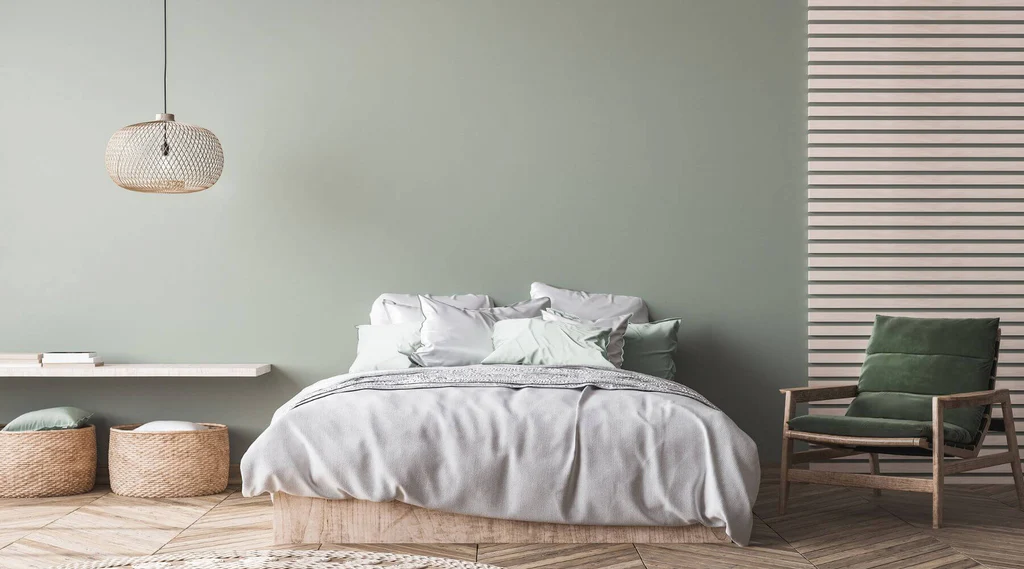
Image by: Unsplash
Final Words
Loving where you live is about creating a space that echoes your personality, caters to your needs, and lifts your mood. Remember, there’s no one-size-fits-all in design. What matters most is that your home feels authentic to you, serving as your sanctuary of comfort, creativity, and peace. Happy designing!

